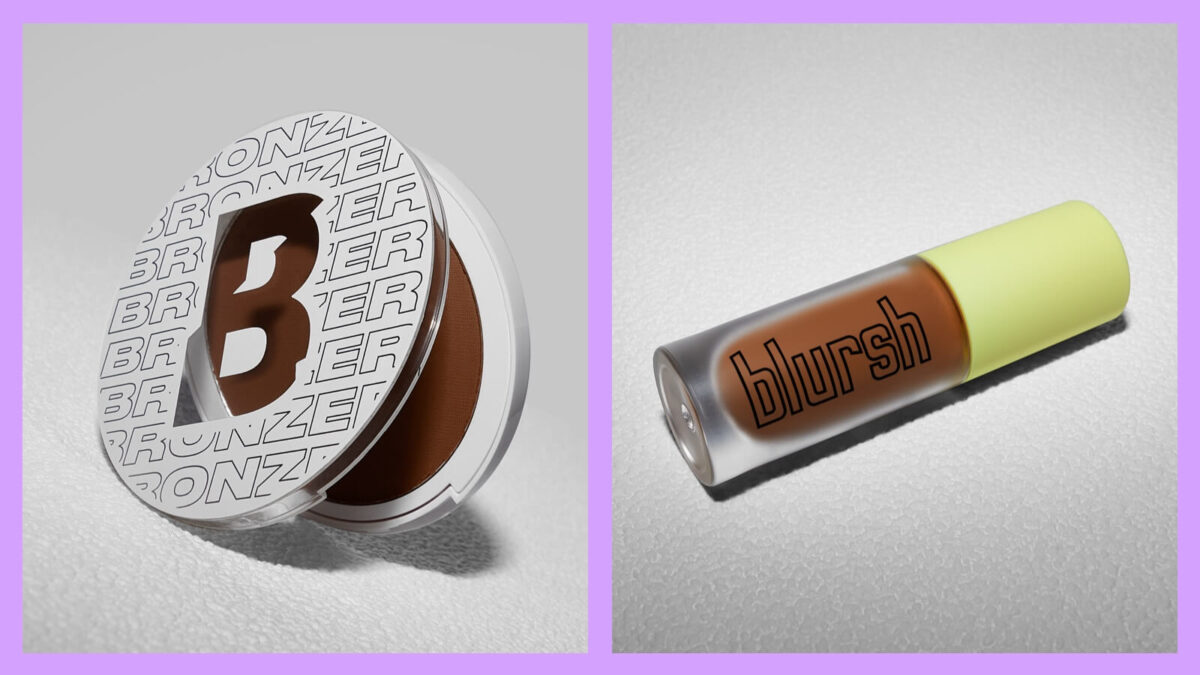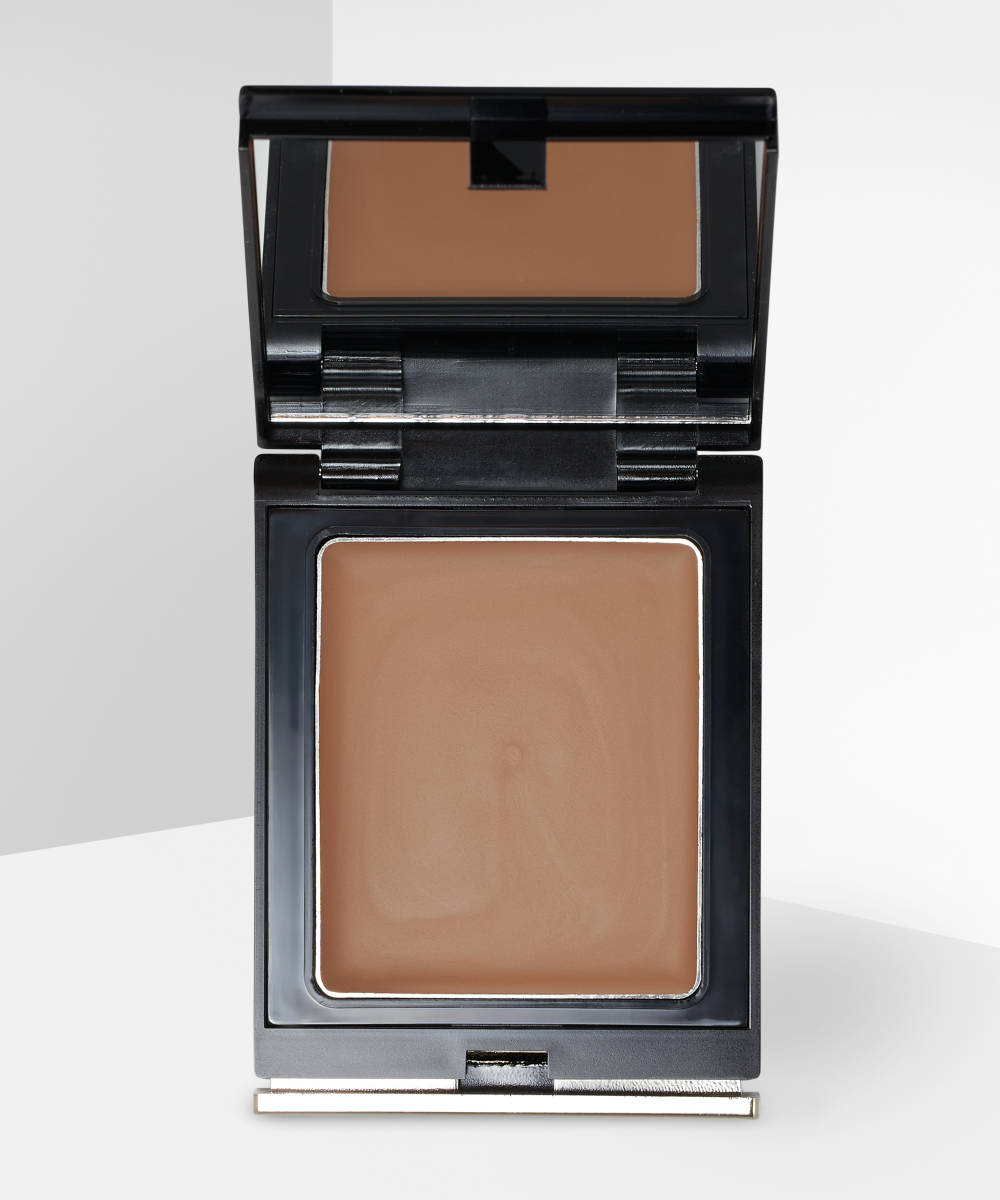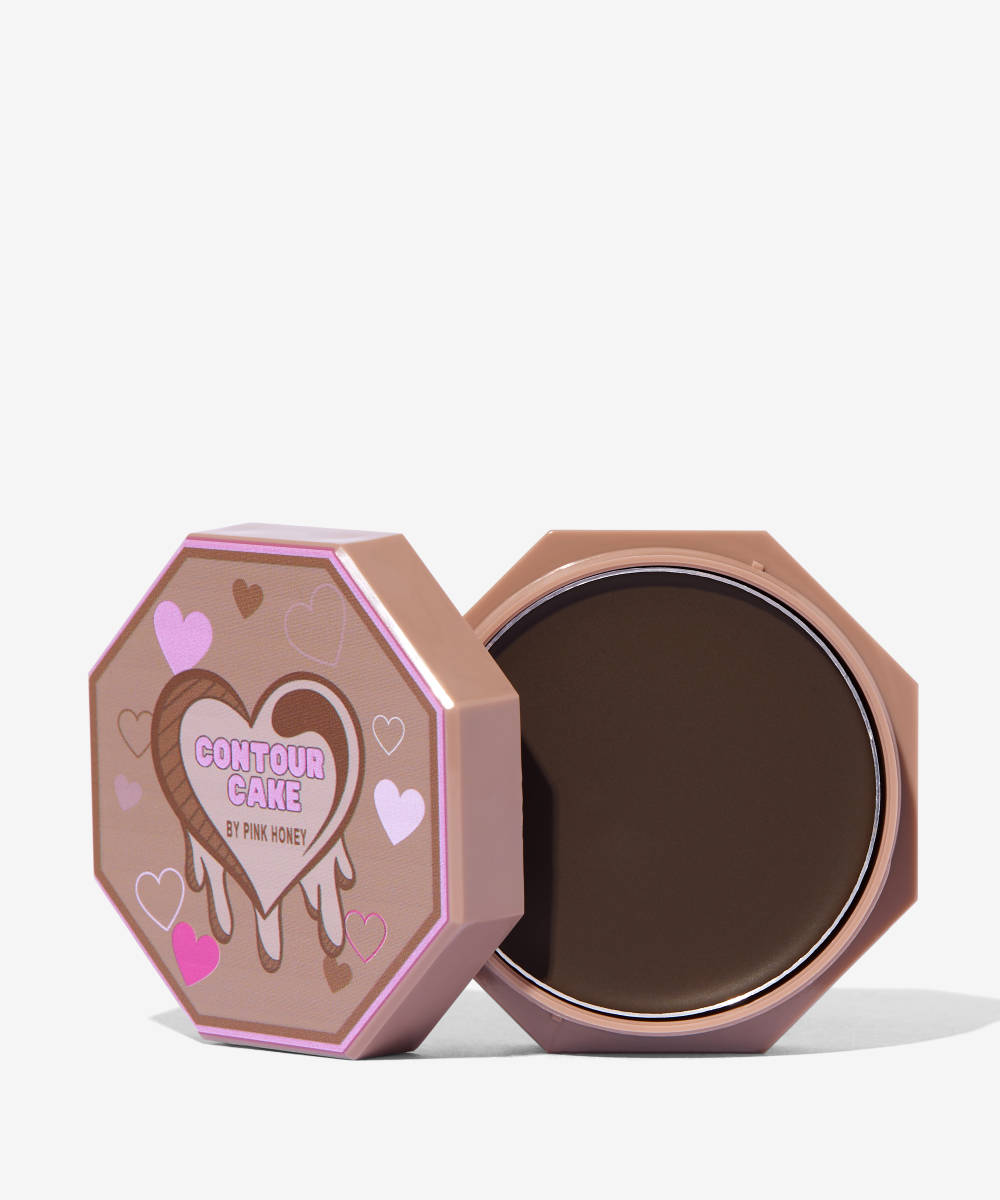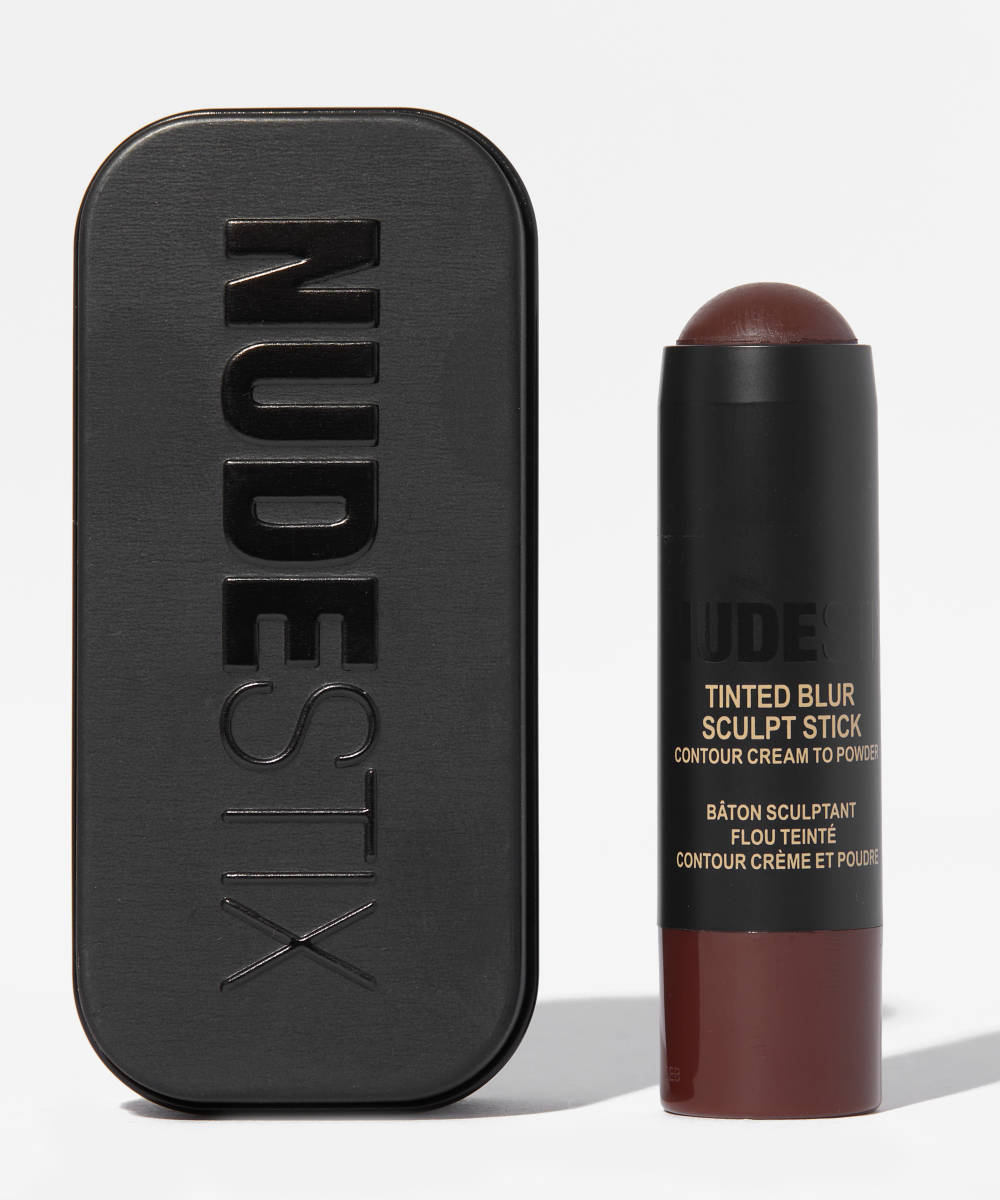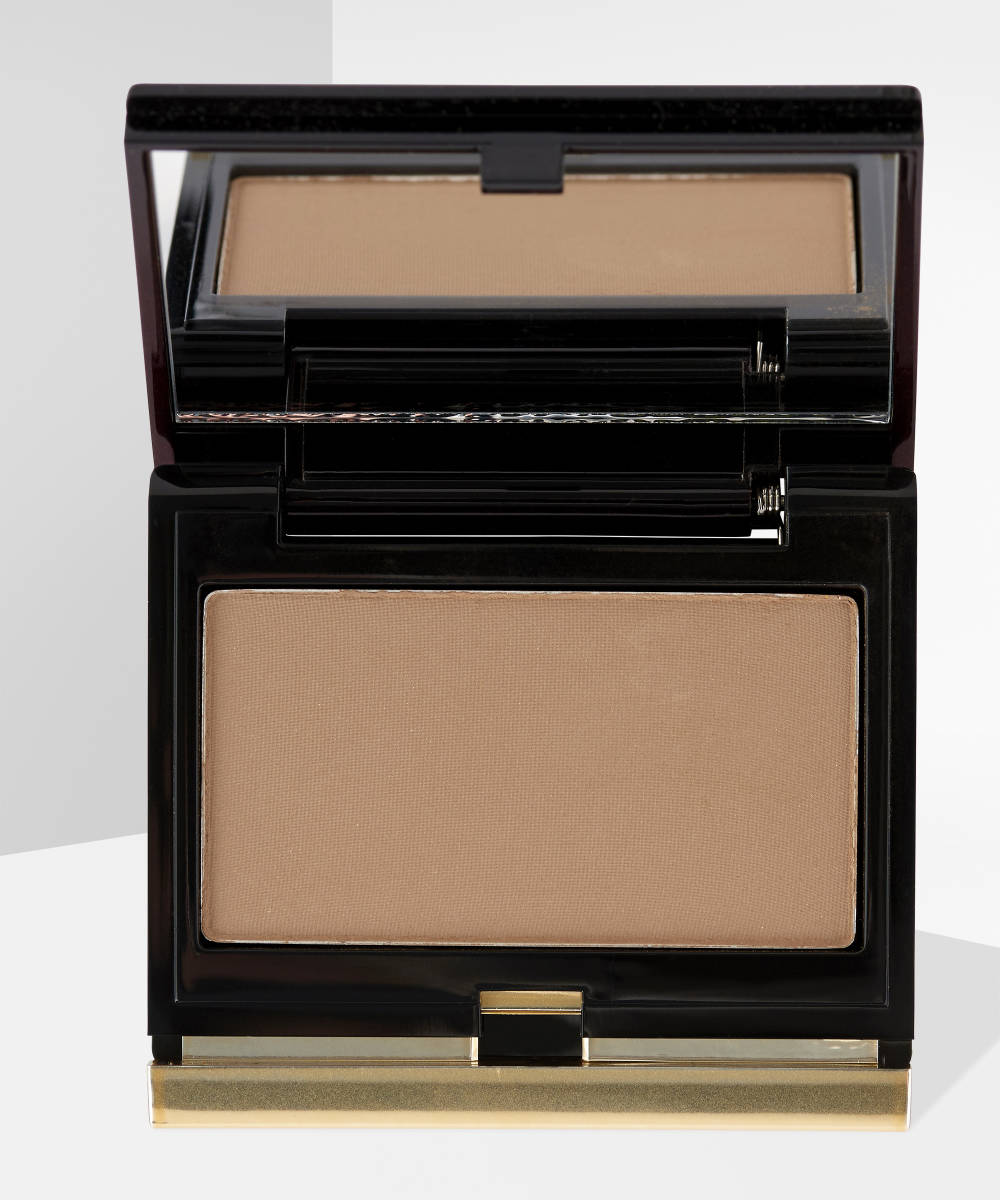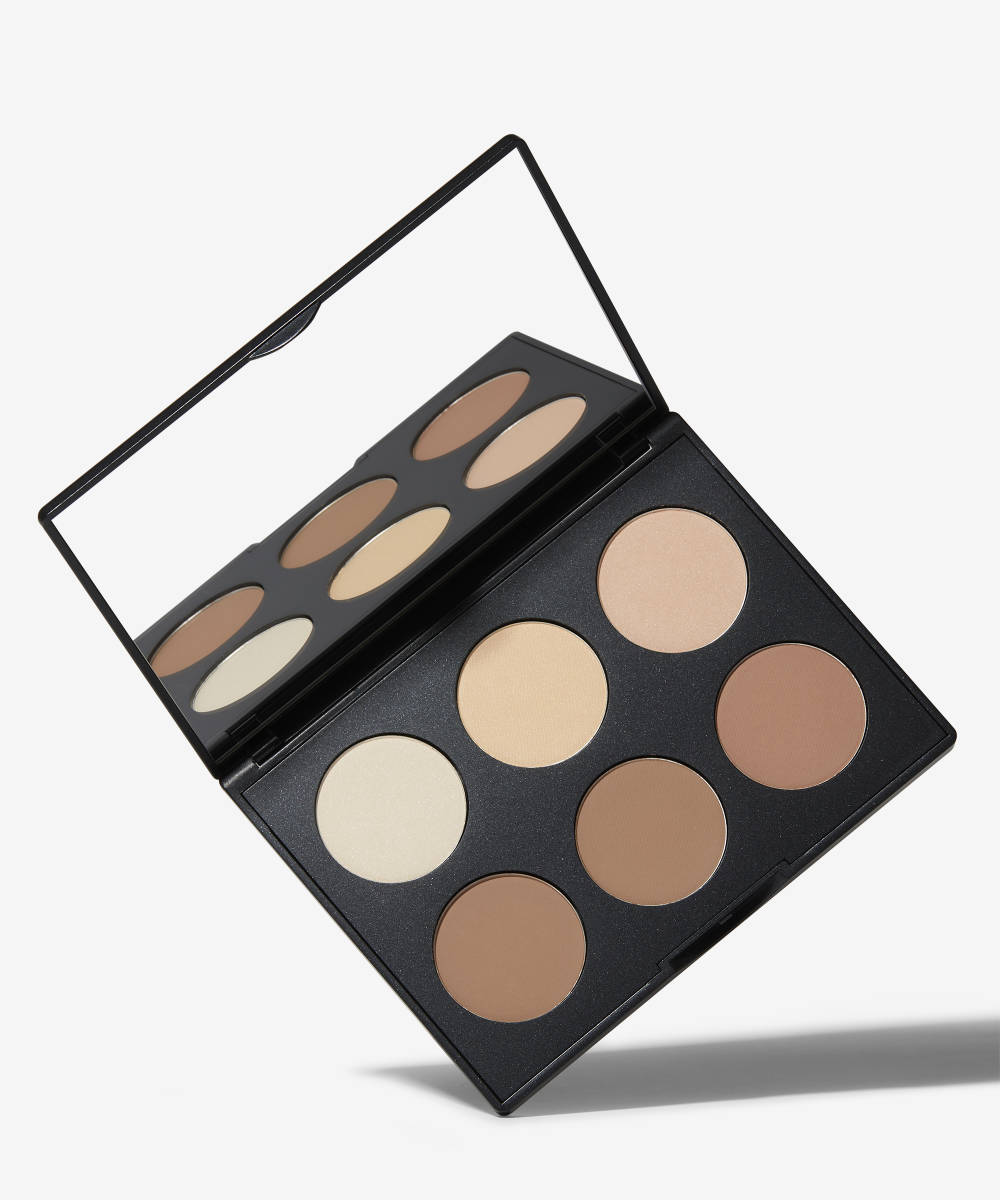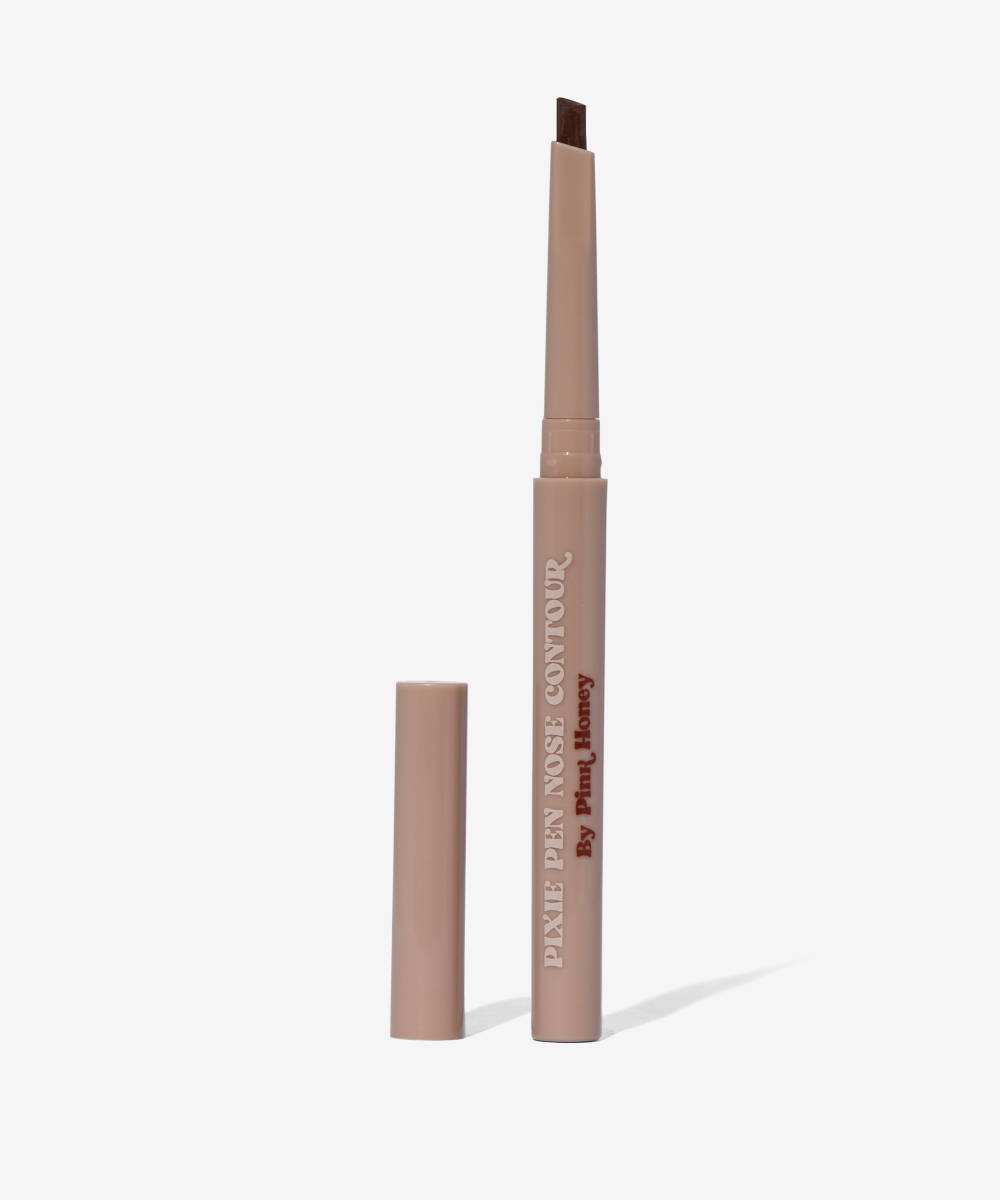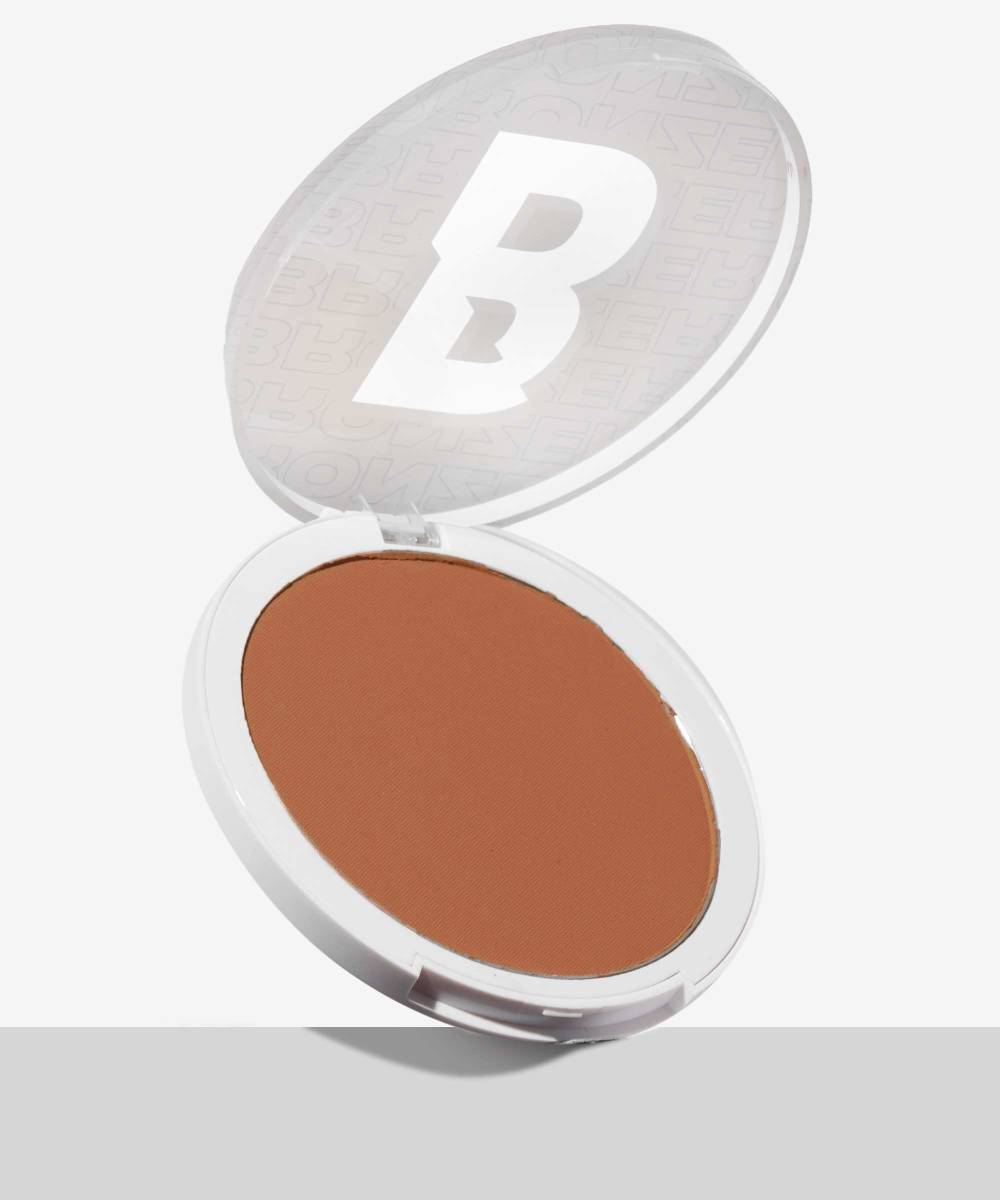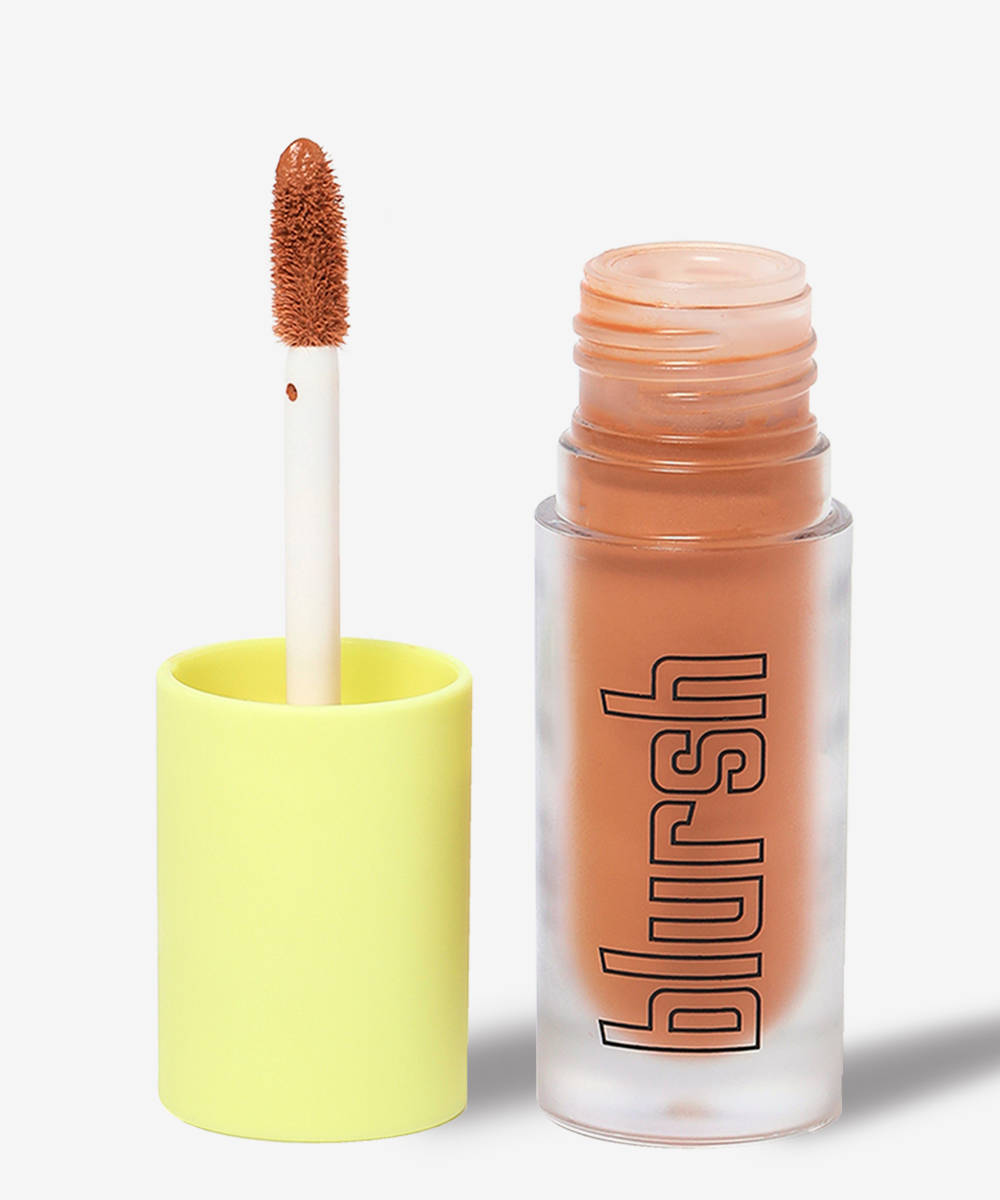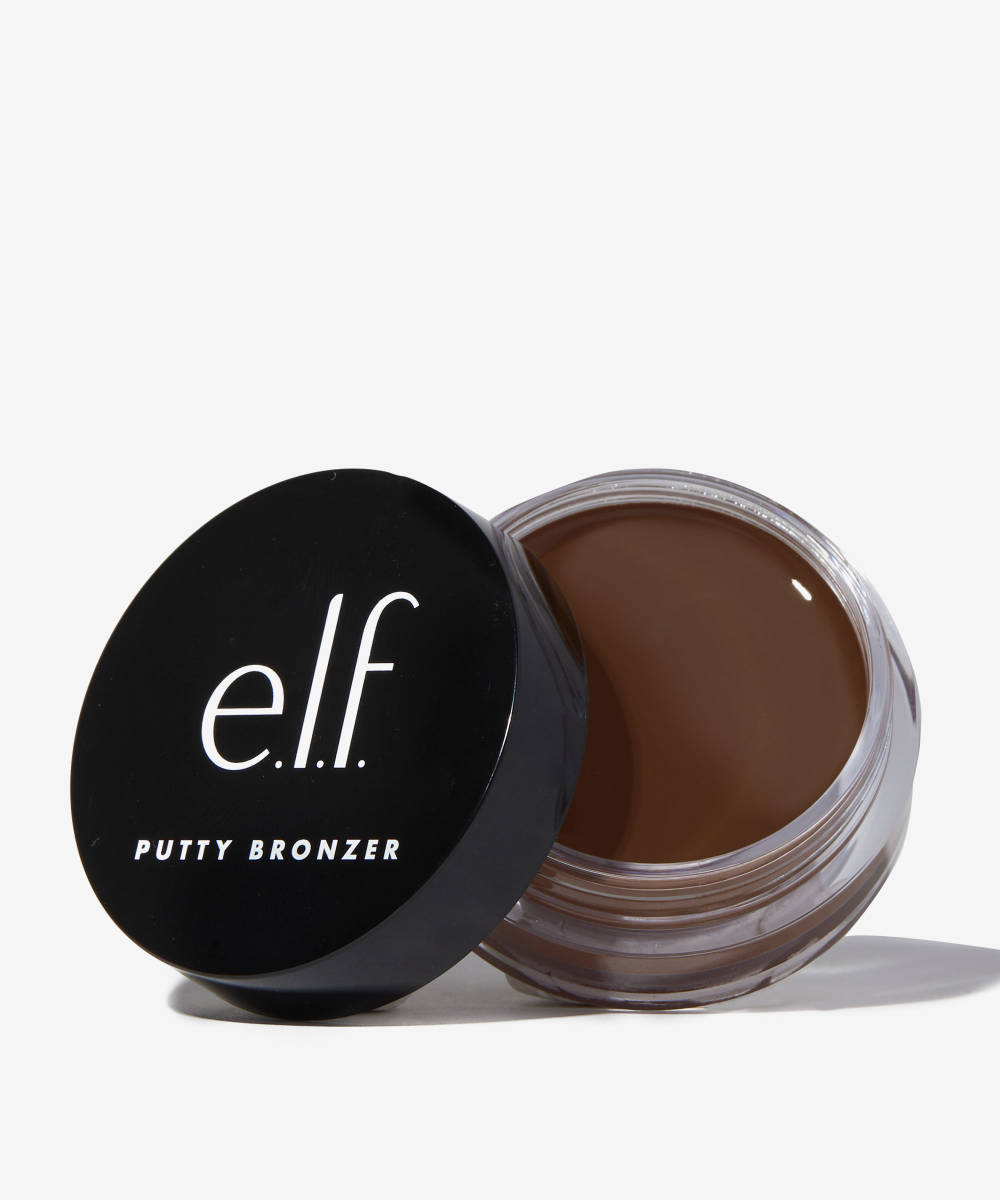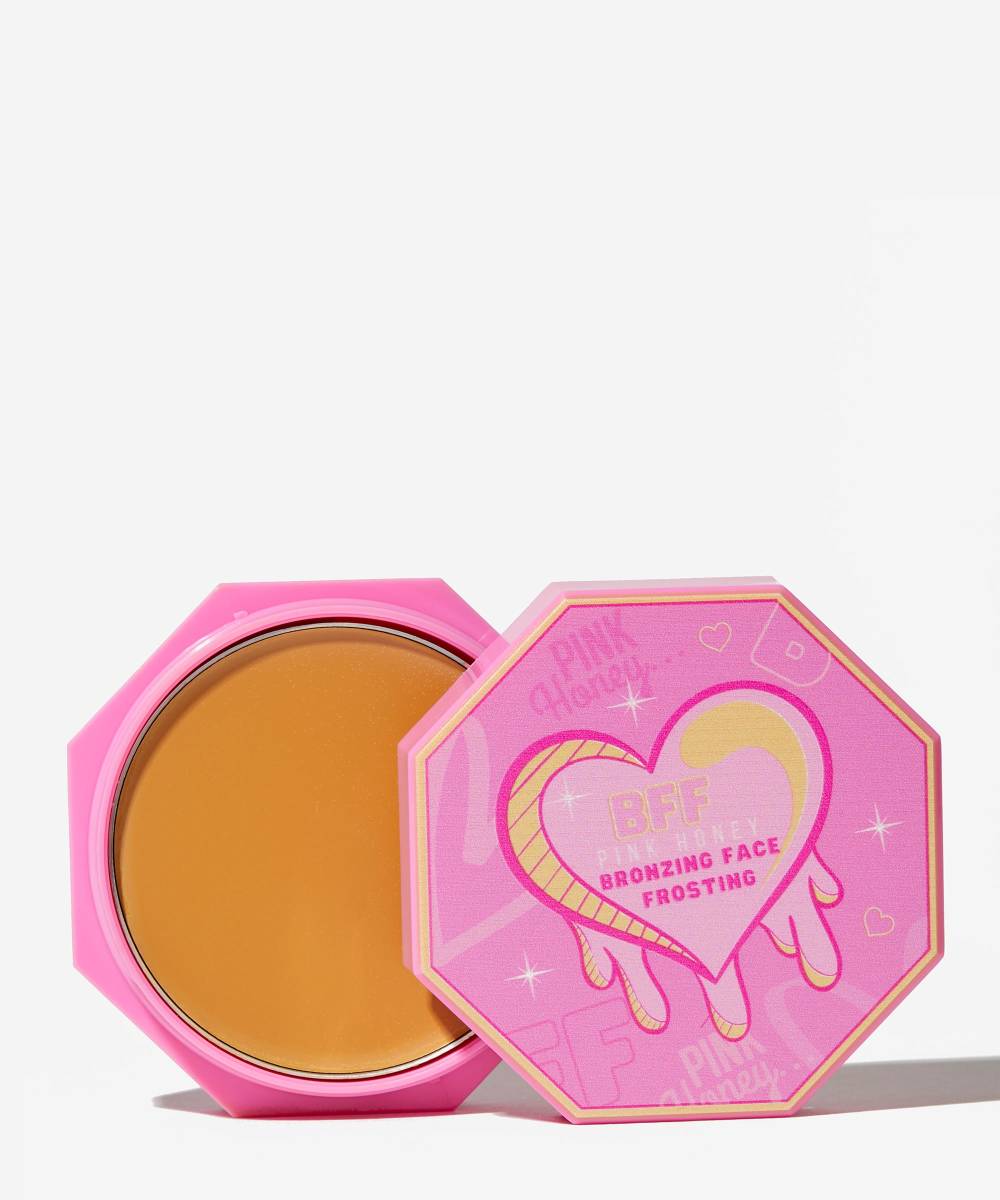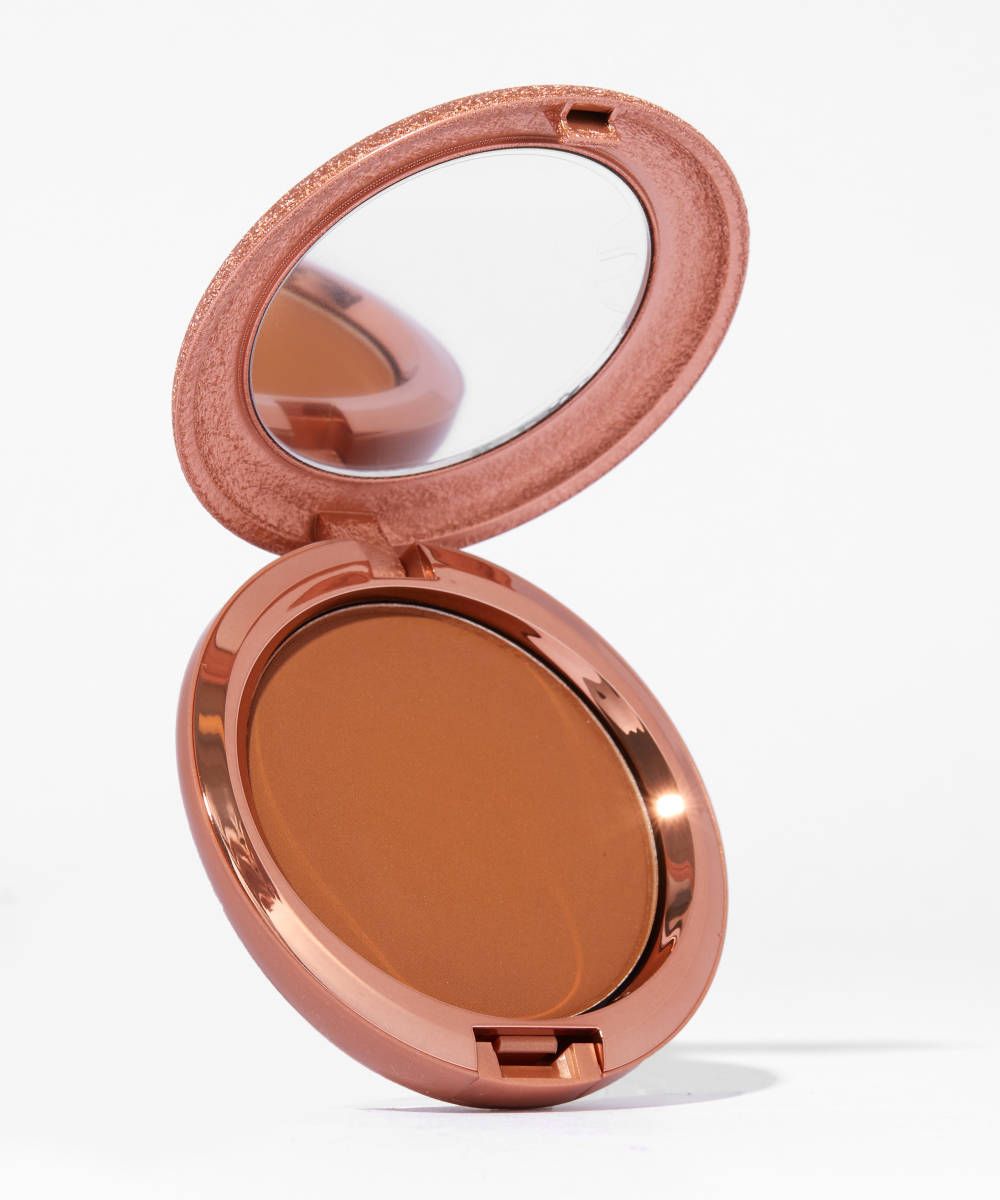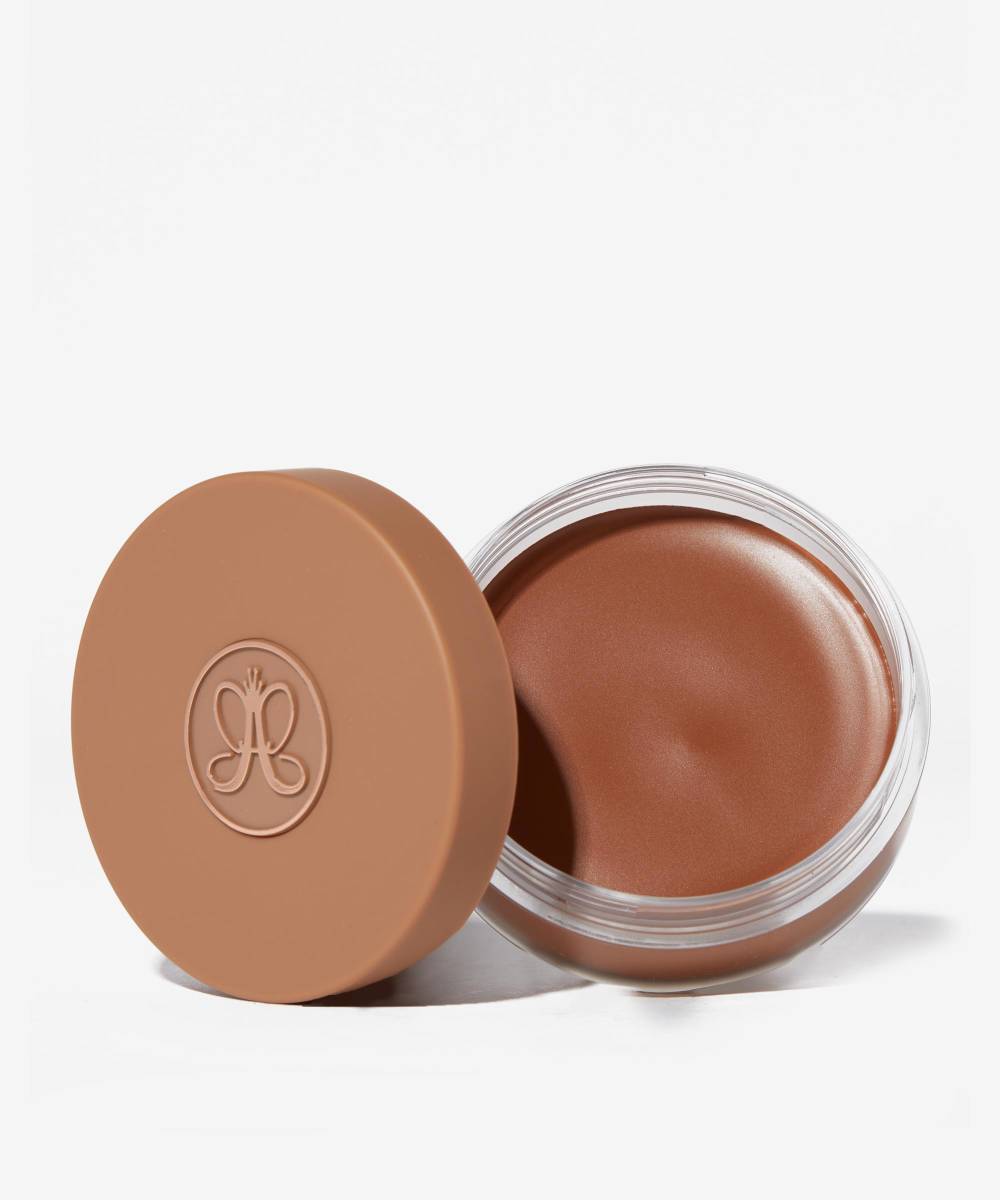Fallen into the trap of believing there’s no difference between bronzer and contour? We’ve all been there, piling on the warm-toned bronzer into the hollows of our cheekbones, only to finish looking more orange than chiselled. While the two products can look very similar and are often used interchangeably, they actually have very different purposes in your makeup routine.
Ready for a makeup lesson in bronzer vs contour 101? Scroll to discover all you need to know about bronzer and contour, plus how to apply both, for your best look yet.
What is bronzer?
Designed to help you transform your skin from pale to sun-kissed in minutes or top up a real tan, a bronzer is a holy grail that everyone needs in their makeup bag. Available in a range of matte, shimmery or illuminating finishes, and a range of powder, liquid or cream finishes, a bronzer is a must have for every skin tone and type, to help fake that warm, sunkissed look we all need from time to time.
What is contour?
Contour, that can often be mistaken for bronzer, is slightly different. A contour product works by mimicking natural shadows, to add definition and shape to the face, so you’ll often find them in matte, neutral/cool-toned finishes, in cream, powder or liquid finishes. When used correctly, it’s makeup magic.
What is the difference between bronzer and contour products?
When looking at bronzer and contour products, side by side, there is a clear difference. Contouring is about creating shadows, so you’ll notice that contour products are always neutral or cool-toned and sometimes even grey-toned, to mimic a natural shadow, and are always in a matte finish. On the other side, bronzer products come in warmer shades, and can often come with a hint of shimmer or radiance in them. Both bronzer and contour products are available in a range of finishes, from cream and powder to liquid, so the key thing that sets them apart is their finish and tone.
What is the difference between bronzing and contouring?
Each step has a different goal for the skin. When we contour, we’re trying to shape and define the structure of the face, helping to create dimension and shadows, while bronzing is all about warming up the skin where the sun would naturally hit it, for a sunkissed finish.
Can you use bronzer as contour?
With makeup, there are literally no rules. So we can’t sit here and say never use bronzer as contour, but there are a few pointers that will help if you want to do this. Using a cool-toned contour shade can sometimes look a little too grey on certain skin tones, so we totally get it if that’s putting you off and making you reach for the bronzer instead. If you really want to use bronzer instead of contour, just make sure it’s one with neutral tones, rather than warm ones, to avoid an orange complexion.
How to contour
Apply your contour product to the areas of the face that you want to add depth and shading. This is usually around the sides of the forehead, along the base of the nose, under the jawbone, and just underneath the high points of the cheeks. Blend with a buffing brush. You can apply your contour product directly onto the skin and blend, or apply it onto your brush and warm it up on the back of your hand, before applying directly to the skin.
How to apply bronzer
Apply bronzer to your skin where the sun naturally hits, with a bigger, fluffy brush. The cheekbones, jawline, top of shoulders, collarbones, basically any area of the face where you want to add warmth and glow.
If you want to use both contour and bronzer, we recommend using a cream contour to sculpt the face and then use a powder bronzer on top to set the cream.
